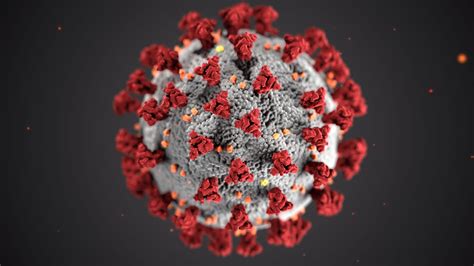One of the issues we face with COVID-19 is quickly identifying those who are infected, isolating them, and rapidly contact tracing those who have been in Close Contact as per the CDC guidelines (which were recently updated). To date, this has been done through lab testing of symptomatic and asymptomatic individuals. Issues with this include the costs of the tests, the specific test used, as well as the time it takes to get results back and begin contact tracing. Over the past few months, the time between when the test is given and when the results are received has gotten better. Labs have ramped up volumes and newer lab tests have been introduced. Yet many still wait 24 to 48 hours or more after the test. This delay makes contact tracing less effective and the symptomatic individual is required to quarantine until the results are received.
Identifying asymptomatic people is critical if we are to stem the spread. To do this at scale will require a low-cost, rapid test, with good sensitivity and specificity, able to be done by the individual.
New approaches
These rapid lab tests are now moving from research projects into real-world use; beginning with the introduction of the Abbott BinaxNOW™ antigen test. This particular test must be administered by a clinician though. The US government has ordered the first 150 million of these tests and plans to distribute them through the state government.
However, there are others using different technological approaches. Jennifer Doudna, the recent Nobel Prize winner with Emmanuelle Charpentier, has been working on using CRISPR, the technology they developed that won the Nobel Prize, to identify COVID infections. Using CRISPR creates a test that is rapid, easy to do, and inexpensive. They are now looking for final confirmation of their test and then plan for its distribution.
But what of approaches that don’t require a lab test? MIT researchers have developed a technology using AI and a cellphone. They trained an AI model to identify the unique features of an infected person’s cough. This system was able to identify COVID asymptomatic patients with a 100% success rate. You can read more about it here.
Or listen to the story here.
In the coming months and years, there will be a number of different identification approaches that make identification fast, easy, and inexpensive. It’s good to see the efforts of Jennifer Doudna and the MIT researchers in working to make this happen.

